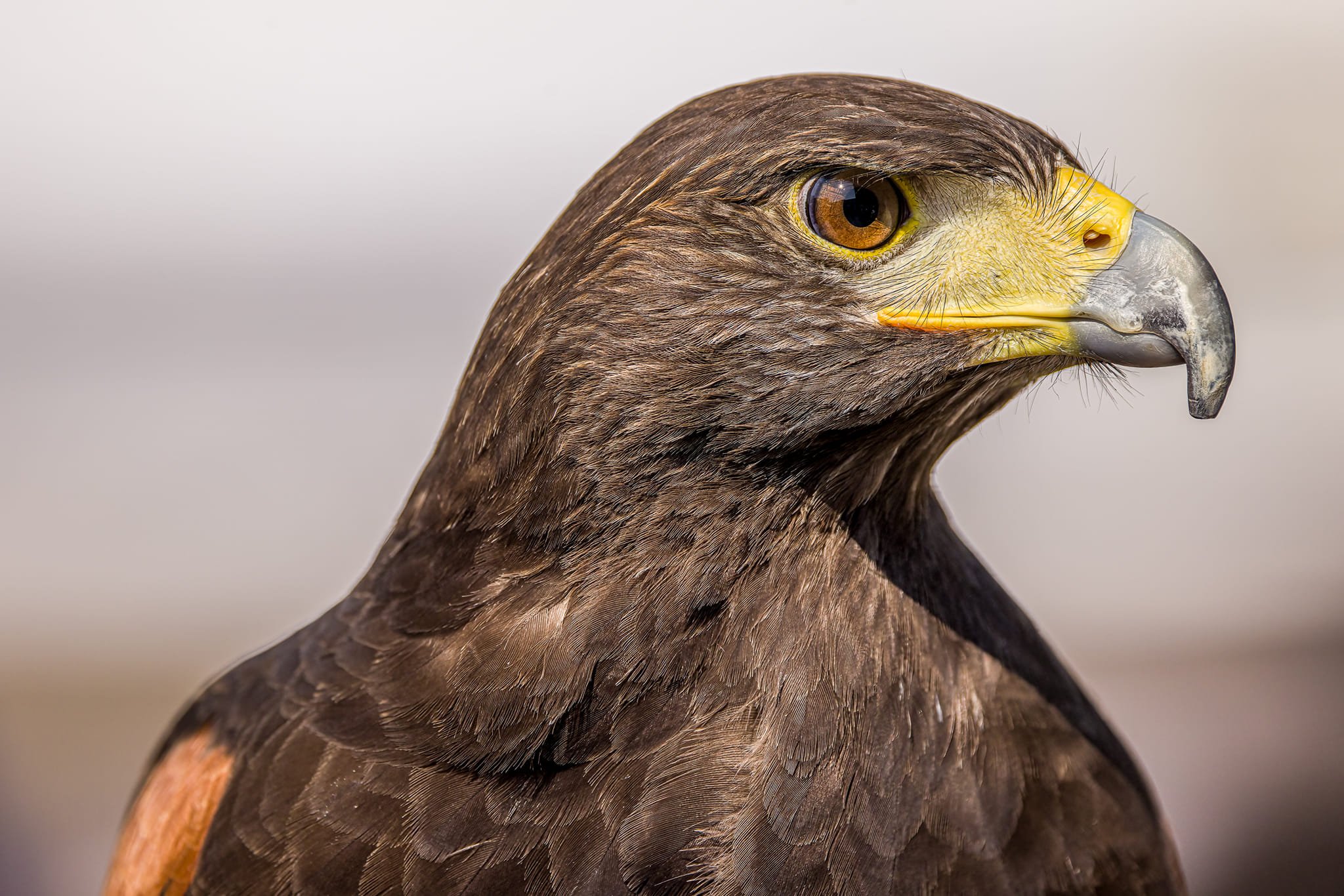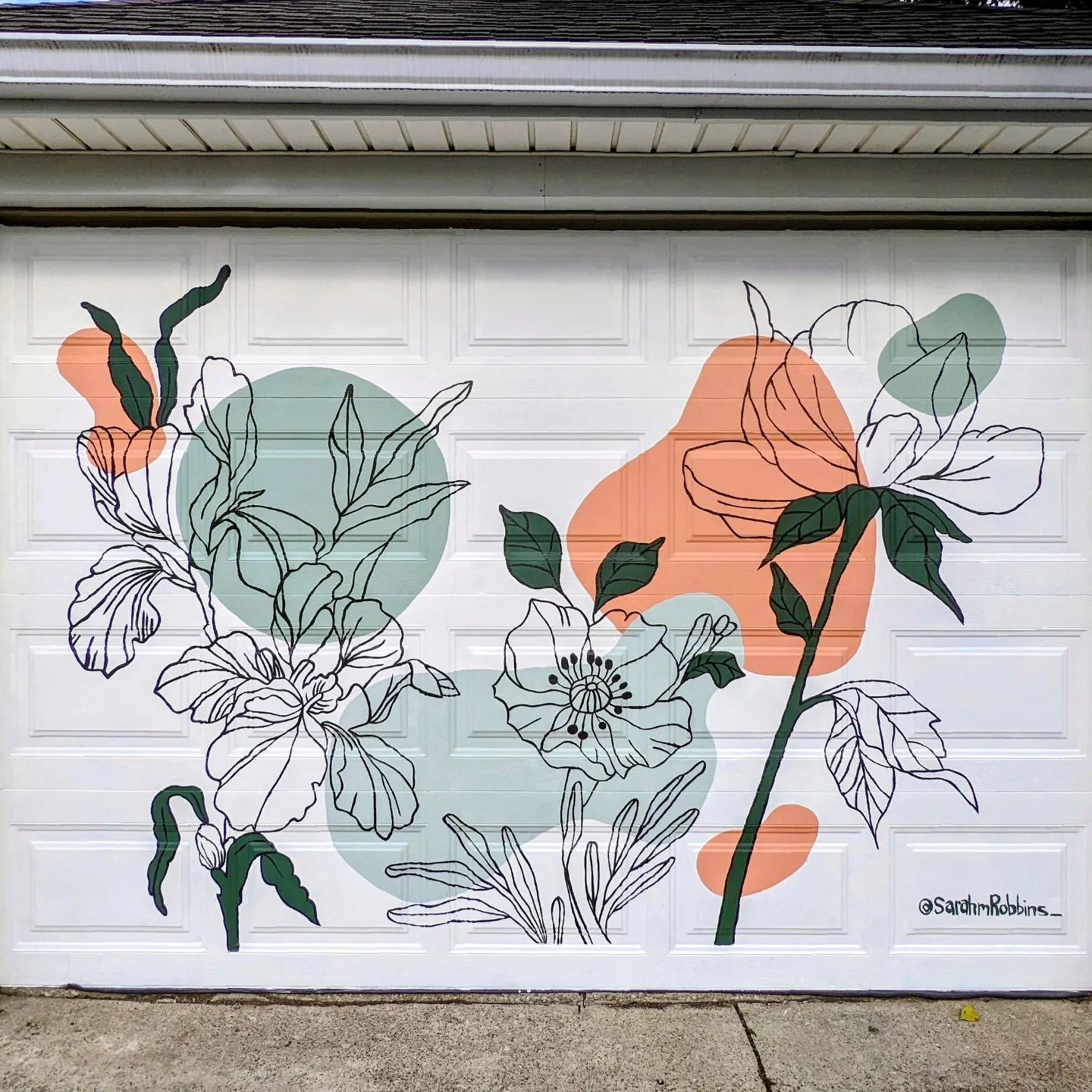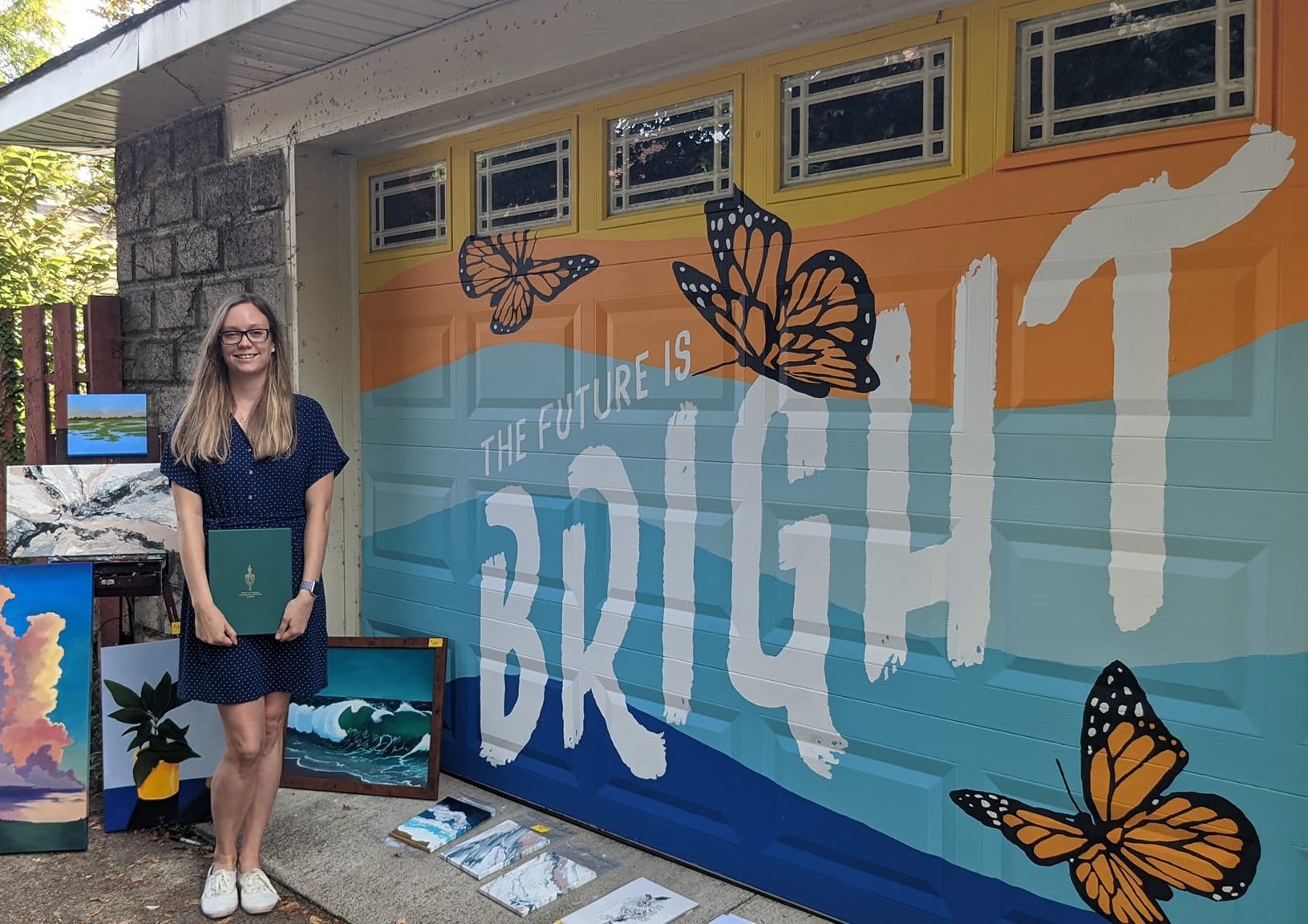Discover a symphony of wildlife
Our region has some of the most amazing wildlife and the best example of that are the birds that choose our home as theirs. Here's some information about the birds I've used in my campaign and the people that help bring them to your doorsteps. Thank you, Steve Biro & Sarah Robbins for your creative support!
01. Indigo Bunting
The all-blue male Indigo Bunting sings with cheerful gusto and looks like a scrap of sky with wings. Sometimes nicknamed "blue canaries," these brilliantly coloured yet common and widespread birds whistle their bouncy songs through the late spring and summer all over eastern North America. Look for Indigo Buntings in weedy fields and shrubby areas near trees, singing from dawn to dusk atop the tallest perch in sight or foraging for seeds and insects in low vegetation.
02. KingFisher
With its top-heavy physique, energetic flight, and piercing rattle, the Belted Kingfisher seems to have an air of self-importance as it patrols up and down rivers and shorelines. It nests in burrows along earthen banks and feeds almost entirely on aquatic prey, diving to catch fish and crayfish with its heavy, straight bill. These ragged-crested birds are a powdery blue-gray; males have one blue band across the white breast, while females have a blue and a chestnut band.
03. Flycatcher
Perhaps one of the easier flycatchers to identify in the notoriously difficult Empidonax genus, the Yellow-bellied Flycatcher sports yellowish underparts and a bold eyering, unlike others in the family. It is a bird of the boreal forests and bogs where its yellowish belly seems to disappear on its breeding grounds. But its abrupt and harsh song, sung with gusto, betrays its whereabouts. On its Mexican and Central American wintering grounds listen for a soft rising call.
04. Indigo Bunting
The all-blue male Indigo Bunting sings with cheerful gusto and looks like a scrap of sky with wings. Sometimes nicknamed "blue canaries," these brilliantly coloured yet common and widespread birds whistle their bouncy songs through the late spring and summer all over eastern North America. Look for Indigo Buntings in weedy fields and shrubby areas near trees, singing from dawn to dusk atop the tallest perch in sight or foraging for seeds and insects in low vegetation.
05. Warbler
The brilliant Prothonotary Warbler bounces along branches like a golden flashlight in the dim understory of swampy woodlands. This golden ray of light is unique among warblers with its beady black eye and blue-gray wings. It is also one of two warblers that build their nests in holes in standing dead trees. Often called a "swamp warbler" in the southeast, it also occurs far to the north along rivers. Its population is declining due to the loss of forested wetlands.
06. Yellowthroat
A broad black mask lends a touch of highwayman’s mystique to the male Common Yellowthroat. Look for these furtive, yellow-and-olive warblers skulking through tangled vegetation, often at the edges of marshes and wetlands. Yellowthroats are vocal birds, and both their witchety-witchety-witchety songs and distinctive call notes help reveal the presence of this, one of our most numerous warblers.
Steve Biro
To be able to capture some of the most vivid photos of wildlife ever, you need to be an extraordinary person. Steve Biro is that person. A photographer since 2009. Residing in Windsor, he has given this region some of the most unique and stunning photos Southern Ontario has ever seen. From the perfect flutter of a hummingbird's wings to an eagle soaring across a lake. Steve is the perfect mixture of opportunity meeting preparedness. Be sure to follow his work and support his endveour to preserve our environment.


Sarah Robbins
A Freelancer in Graphic Design with a passion for connecting people using design. She's been involved in local mural projects to many of the designs you see in businesses around your community every day. Be sure to follow her artist adventures and connect with her about all your design dreams.


.png?width=2016&height=202&name=Copy%20of%20YARD%20SIGN%20-%2024%20X%2018%20(2).png)





